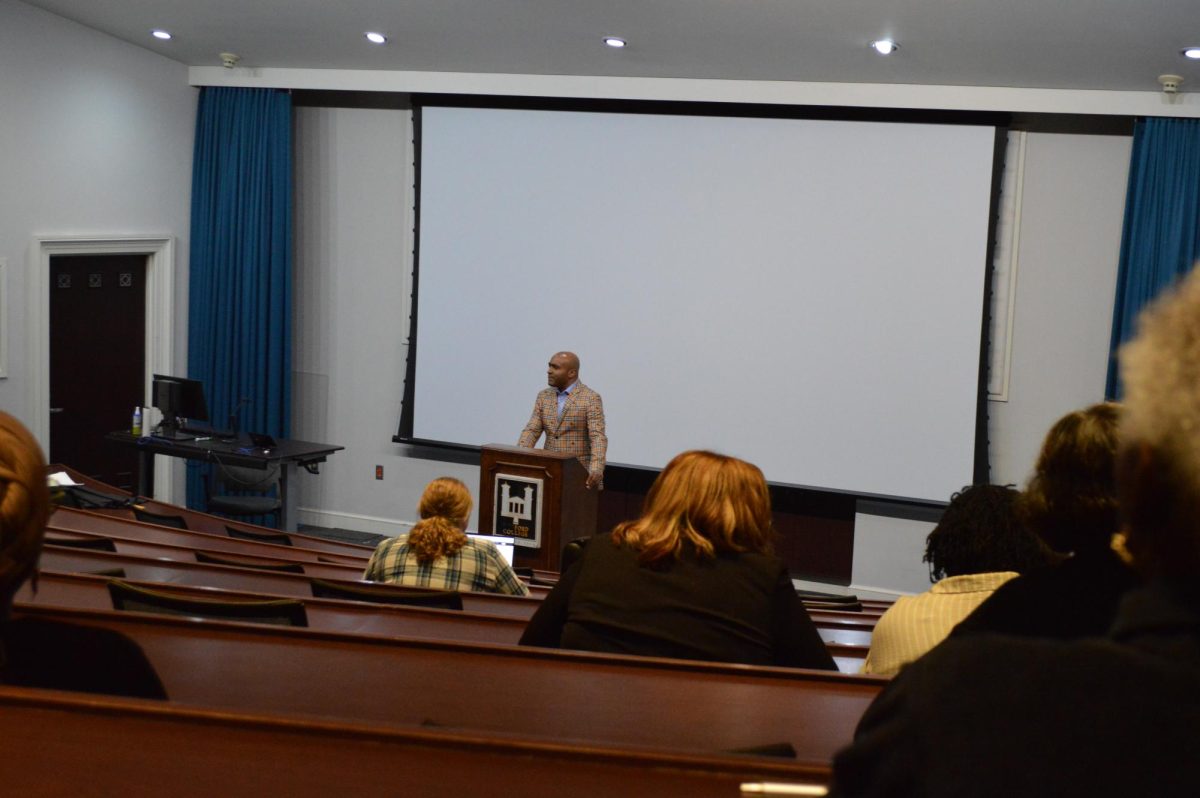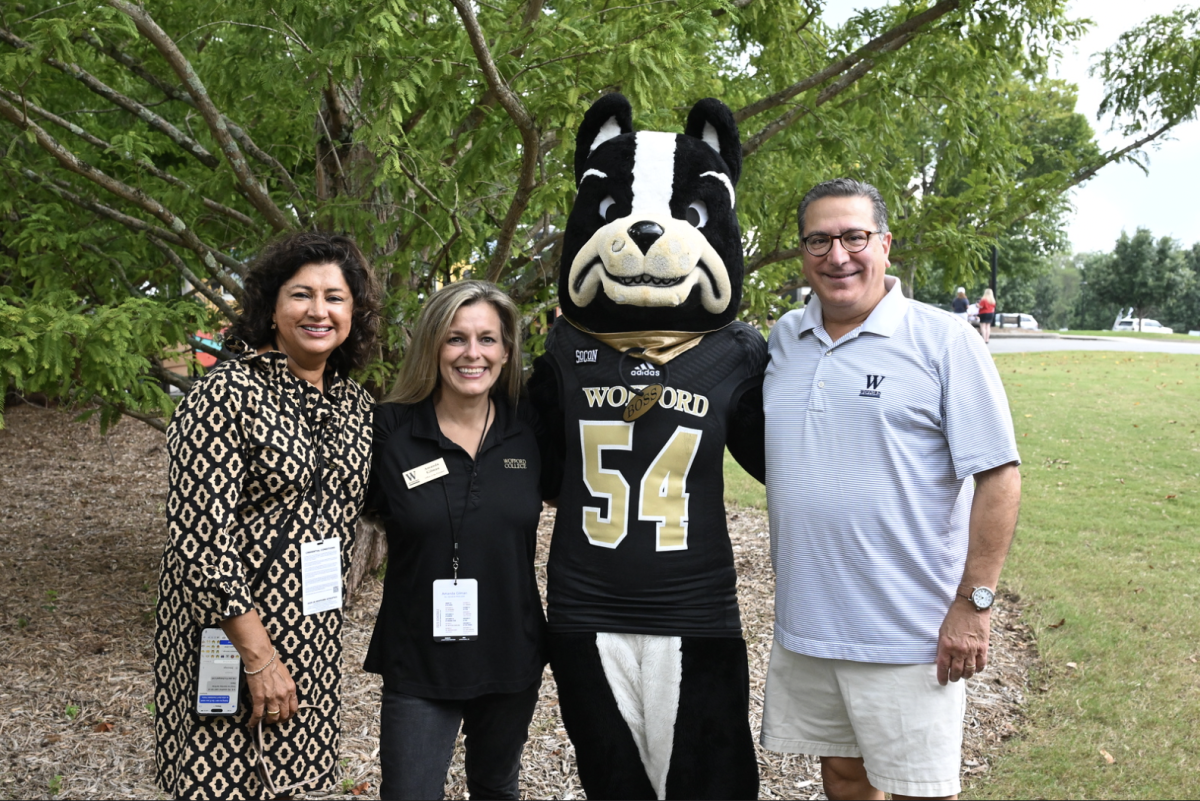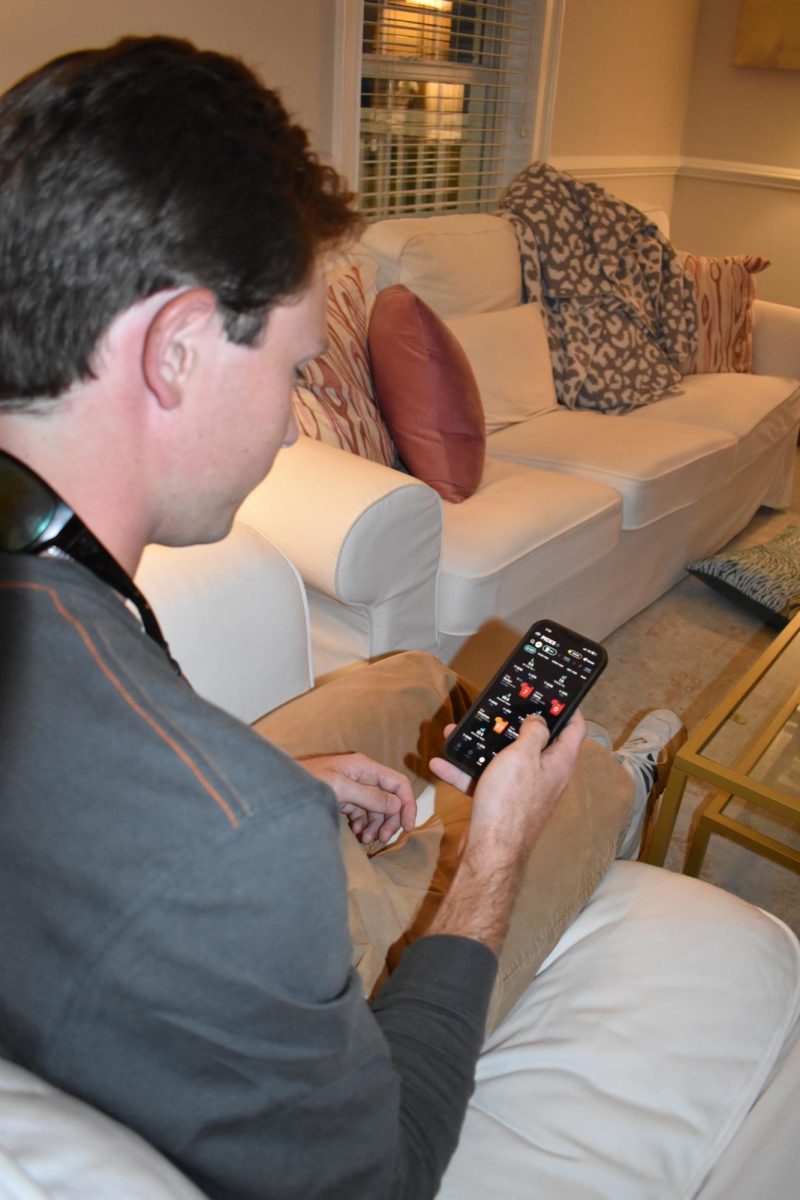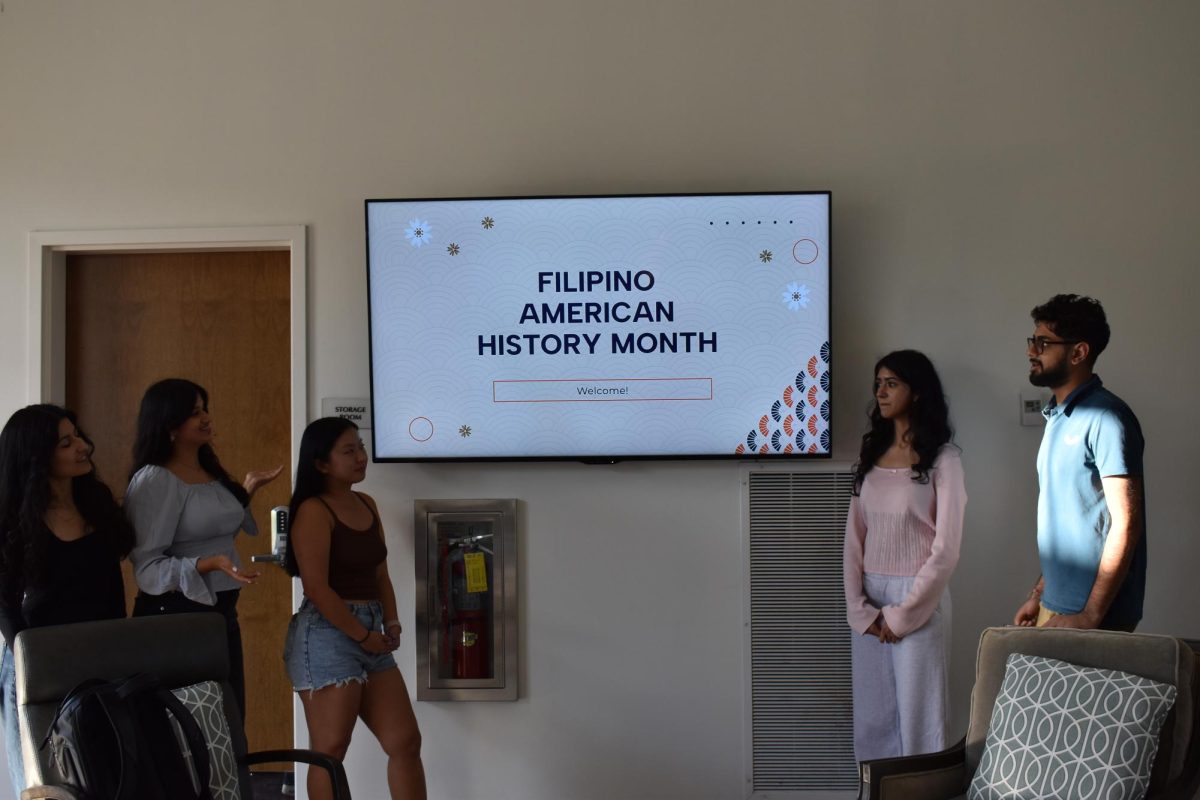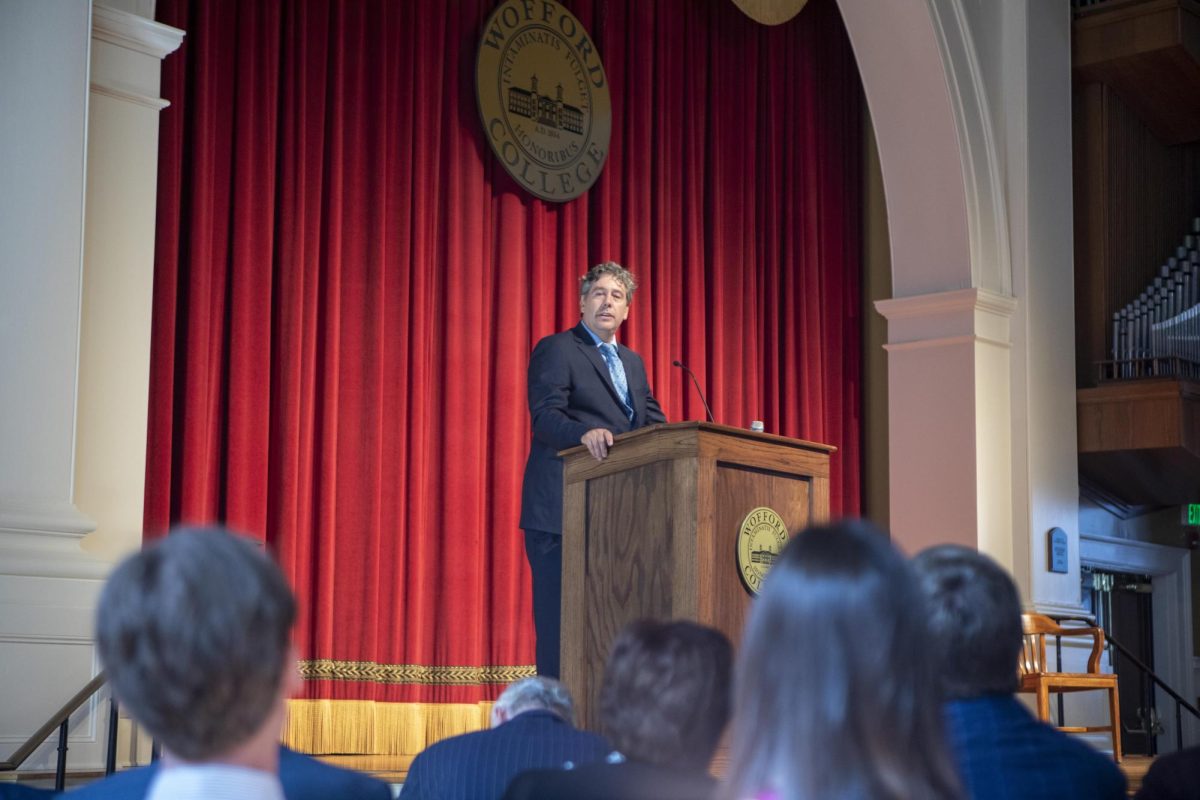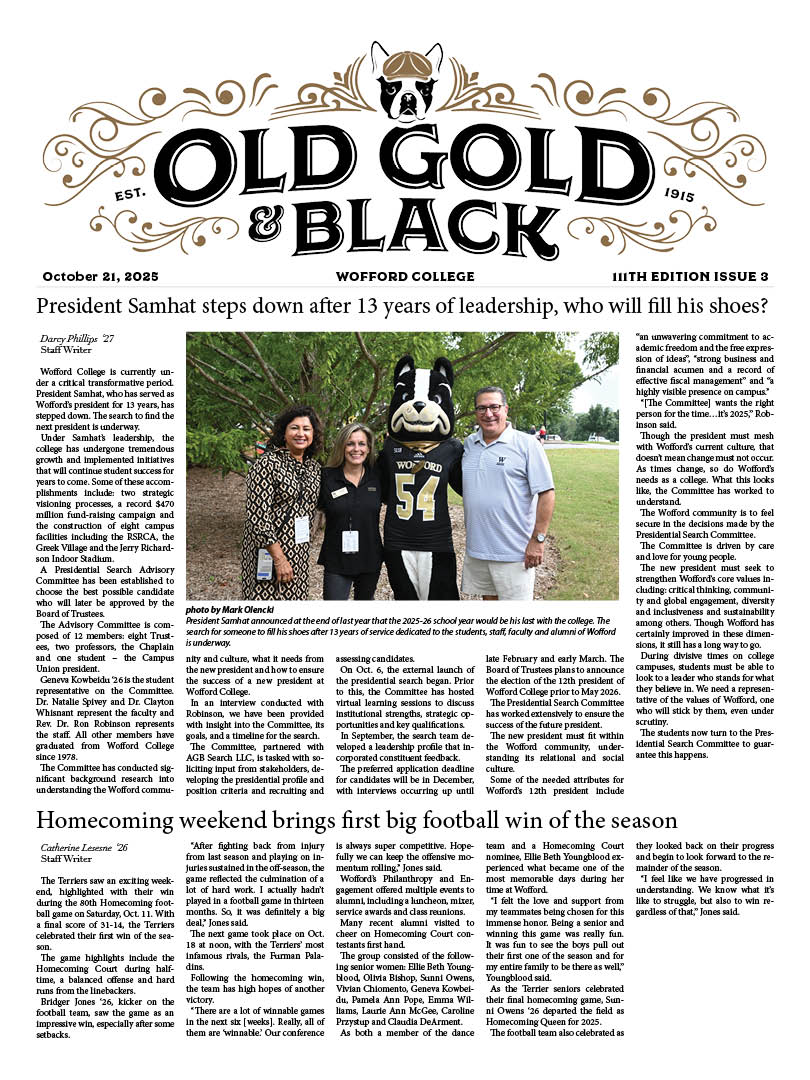THE HISTORY OF THE UPS AND DOWNS OF THE COLLEGE’S PLAN FOR A POOL—
Wofford College has many athletic facilities, but among them there is no swimming pool. Several myths about this have made their way around the college. One especially popular myth claims that the grandchild of a wealthy patron of the college had drowned in a pool, and that the patron donated a large sum of money on the condition that Wofford refrain from ever building a pool. Some variations of this myth name Roger Milliken, well known philanthropist and supporter of the college, as the donor. Another myth alleges that Wofford does, in fact, have a pool, but that it is hidden beneath the floors of the intramural basketball court in Andrews Field House.
A trip to Dr. Philip Stone’s office at the archives revealed that Andrews Field House was indeed connected to a pool; however, this connection had nothing to do with the myth. In the September 1945 edition of The Wofford of To-Morrow (the predecessor of Wofford Today), a short paragraph mentioned plans for a swimming pool in Andrews Field House. The plan was soon abandoned, along with other projects, when South Carolina Methodists began debating proposals to merge Wofford with Columbia College.
Further reading in the archives uncovered details of a more recent proposal for a pool at Wofford. A folder of documents revealed planning and research for the construction of a pool between April of 1971 and October of 1976. One of the earliest letters, written by then president Mr. Paul Hardin III to Roger Milliken, stated that a donor had offered $75,000 for the construction of a pool (cost estimated to be around $300,000 at the time). Among later documents were several survey-type letters to various universities and colleges concerning the costs and benefits of having a pool. Finally, in October 1976, the donor who originally sparked the project sent a letter to the college expressing regret over a decision not to build the pool.
A visit to the office of Dr. Joab M. Lesesne, who succeeded Hardin as president after the summer of 1972, yielded further details about this project. According to Lesesne, the project failed largely due to cost, a lack of interest from students, and unfavorable results from the surveys sent to other institutions. Lesesne also says that there have not been plans to build a pool since this project. He says that in some of the years following the end of the project, surveys were sent out to Wofford students to gauge interest in having a pool on campus, and that interest had remained low.
This project seems to suggest that Wofford’s lack of a pool is strategic.
The myth of the donation to prevent Wofford from having a pool is unlikely to be true, given that Milliken knew of the pool project from the start. Furthermore, Lesesne confirmed in the interview that he had never heard of a drowning grandchild of Milliken’s, and that he knew of no donations of the sort described in the myth. Those who do not like an obvious explanation can still rest assured though; the myth of the pool beneath the basketball court has yet to be debunked.
As of today, Wofford has no pool, but there are some other options for those interested in swimming. The YMCA on 266 S Pine Street is a fairly convenient option for individual swimming. In 2011, a Wofford student started a swim club and arranged with Converse College to use its pool for training. The club is now inactive, but anyone considering club or team swimming may consider contacting Converse about a similar agreement.
— Caleb Pierce


